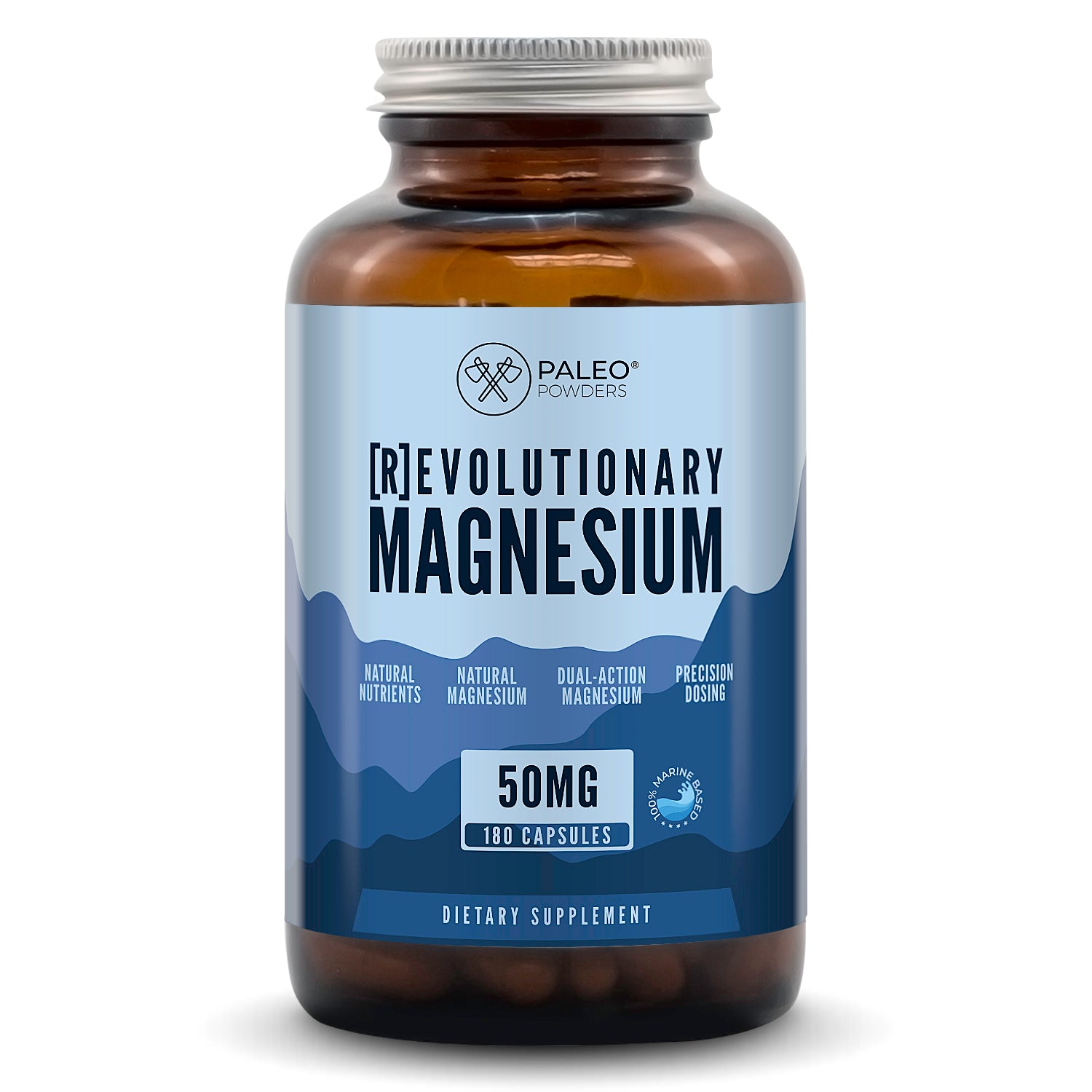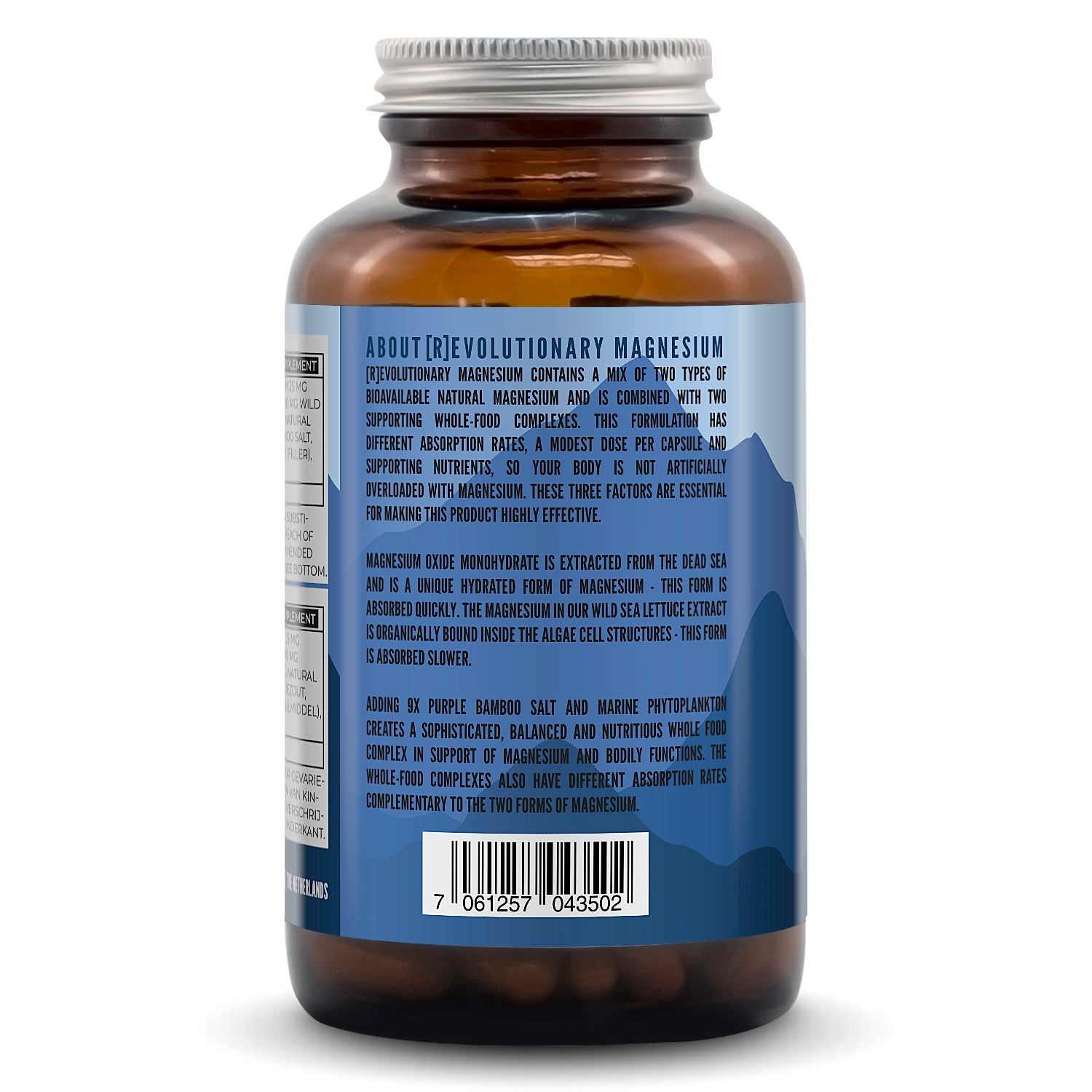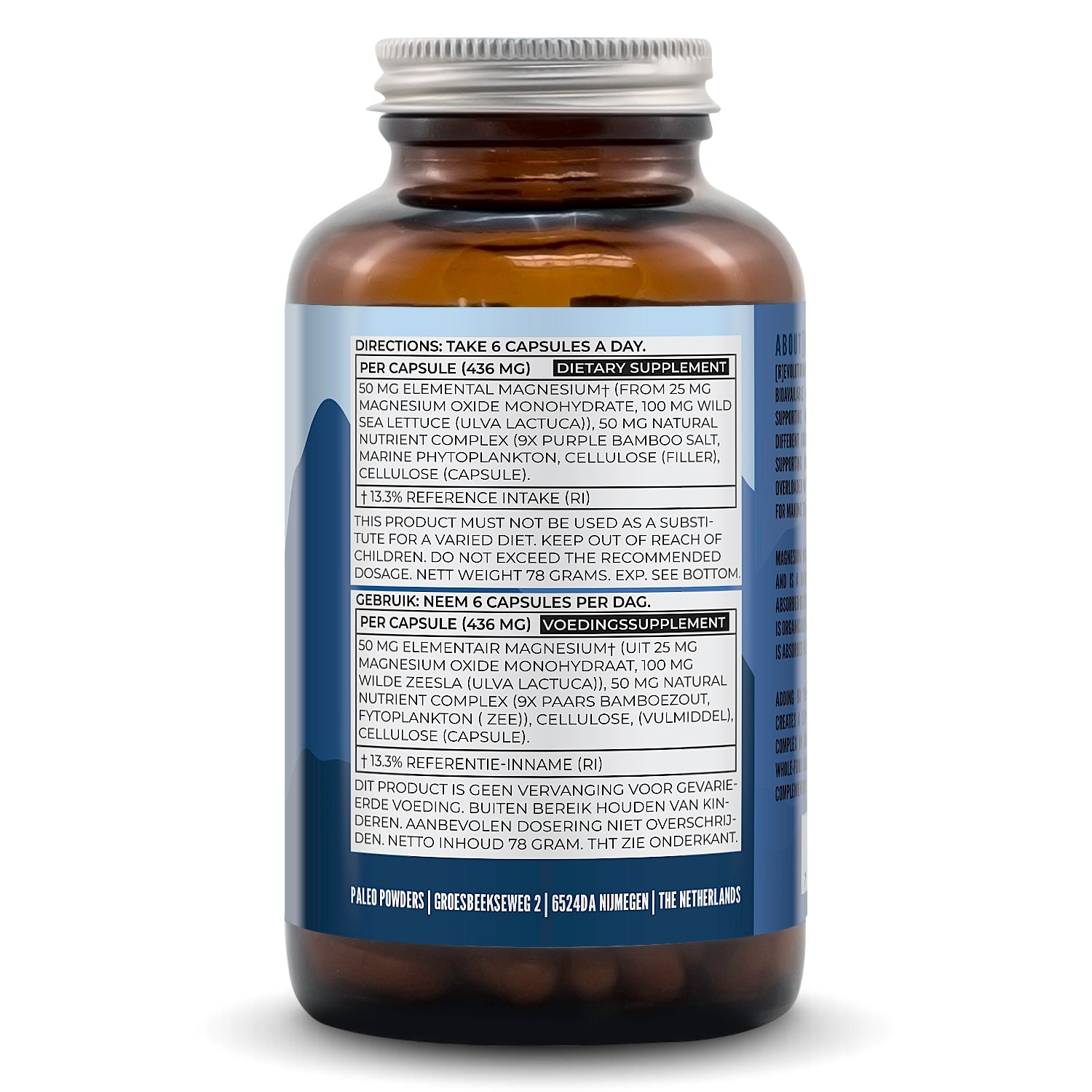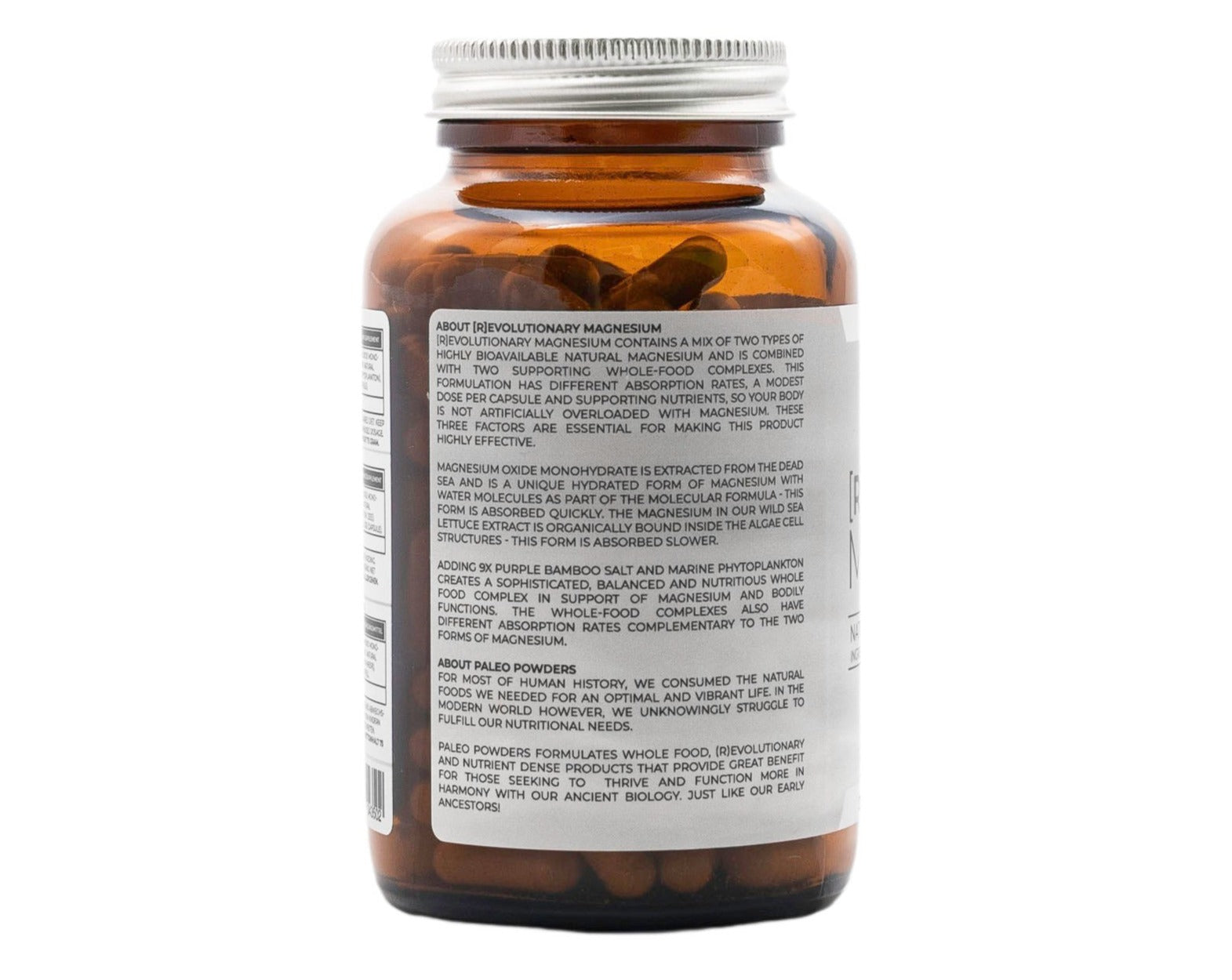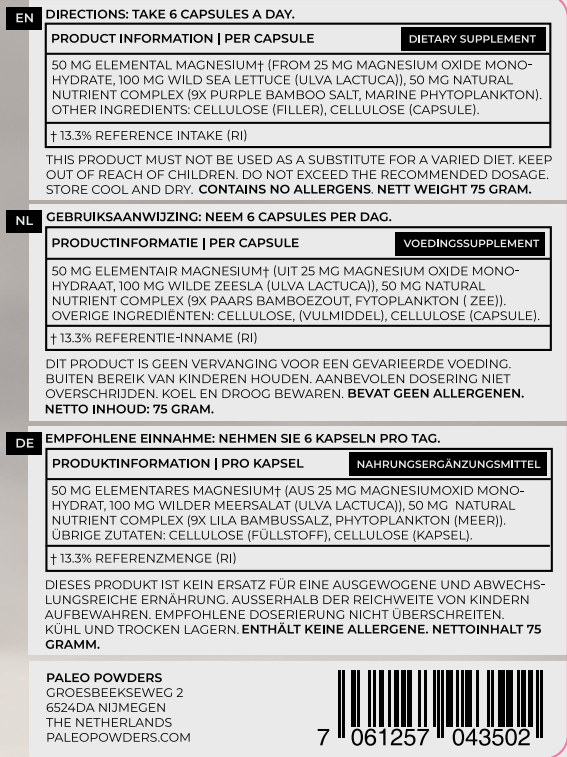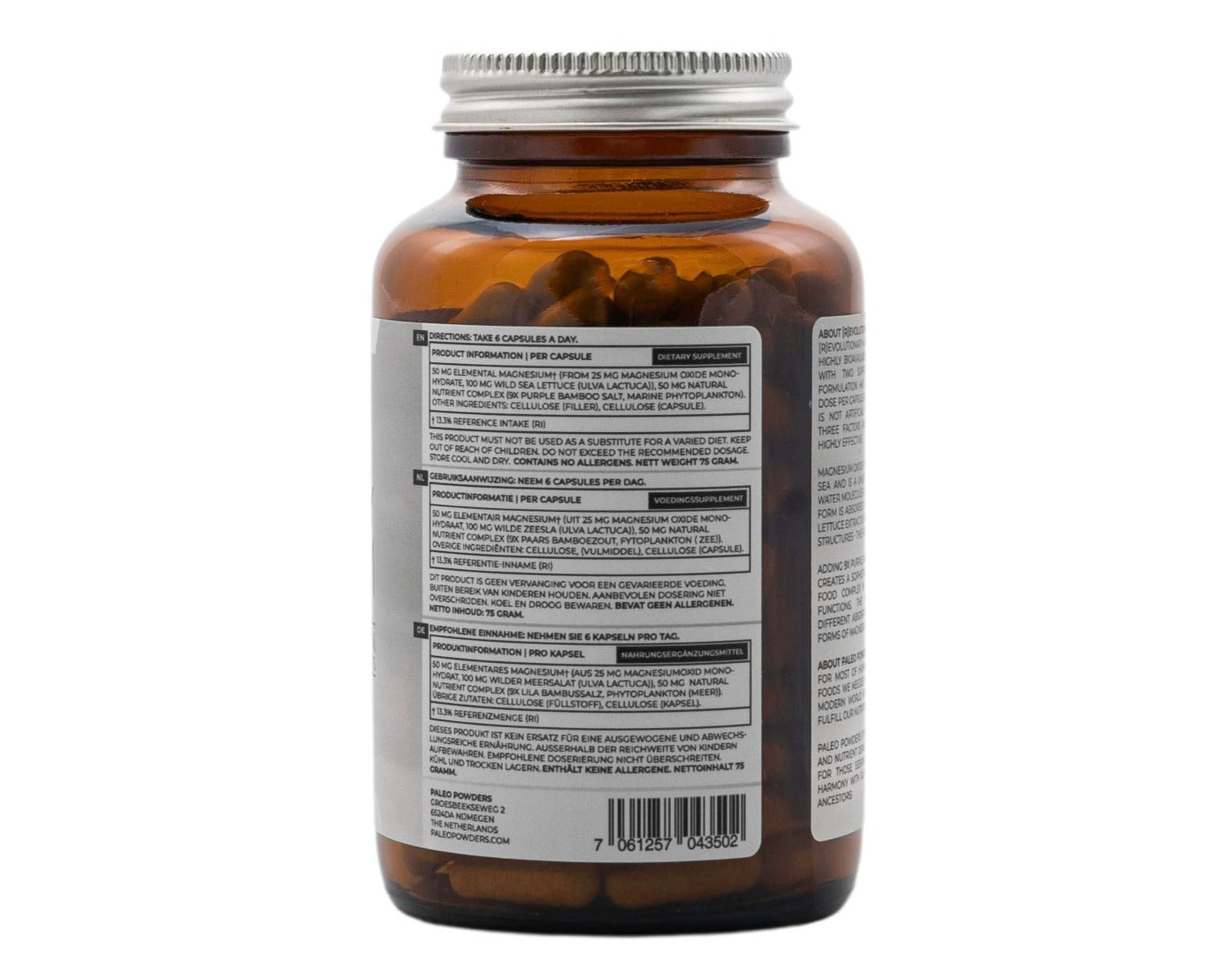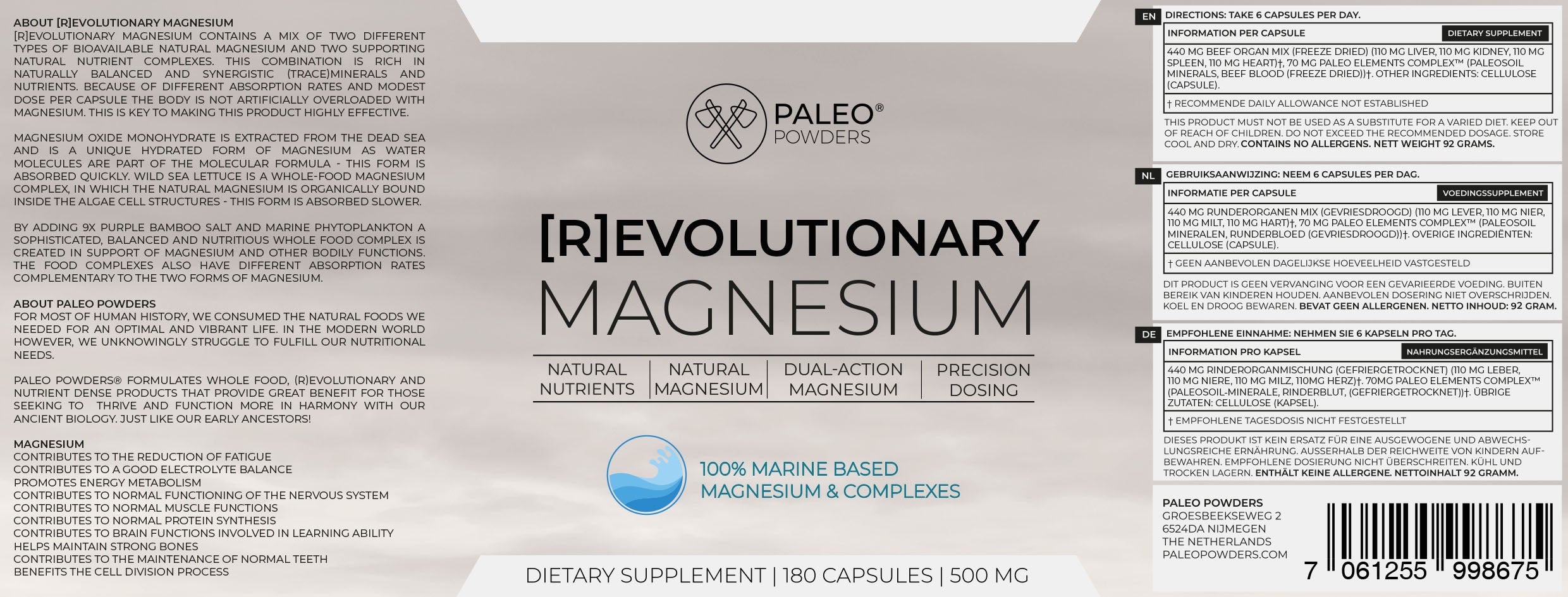Article: Micro-Workouts: Small Steps Toward a Healthier, More Active Life
Micro-Workouts: Small Steps Toward a Healthier, More Active Life
Everyone knows exercise is important, but finding the time—or motivation—to work out for extended periods can be challenging. Between busy schedules, fatigue, family responsibilities, and health issues, an hour at the gym might not fit into your day.
Fortunately, you don't need long workouts to achieve significant benefits. Research shows that short, intense training sessions —called micro-workouts—can improve your health, fitness, and mood without overwhelming your schedule.
Redefining movement
Exercise doesn't have to mean long, sweaty sessions or intense training plans. Any form of movement counts, and when done consistently, even short bursts of activity add up. Micro-workouts can be done anywhere—in your living room, at the office, outdoors—and most require nothing more than your own body weight.
They are especially helpful for breaking up long periods of sitting, improving circulation and increasing energy throughout the day.
What are micro-workouts?
A micro-workout is a short period of purposeful movement, usually lasting between one and five minutes. These sessions may seem small on their own, but done regularly, they can significantly improve endurance, strength, and heart health.
Studies have shown that even one minute of vigorous exercise can improve cardiovascular fitness and insulin sensitivity over time. Another study showed that just ten minutes of exercise, three times a week, increased endurance by almost twenty percent. Similarly, running for just five minutes a day is associated with a longer lifespan.
The message is simple: frequent, short sessions of activity can make a big difference.
Create a micro-workout plan
To make micro-workouts a habit, start with a clear plan. Write down what you want to achieve and why. For example: "I will jog in place for two minutes three times a day to improve my endurance."
Identify potential challenges, such as pain, time pressure, or lack of motivation. If discomfort is an issue, start slowly and build up gradually. Boost your confidence with motivational notes, music, or support from friends and family. Because micro-workouts are short, they're easy to incorporate. Just a few minutes of exercise can yield real benefits.
Examples of micro-workouts
Experts recommend at least 150 to 300 minutes of moderate activity per week, or about 30 to 45 minutes per day. That might sound daunting, but if you divide it into daily micro-workouts of 15 to 20 minutes, it becomes much more achievable. A few minutes of exercise several times a day, combined with a walk or light activity, can easily achieve those goals.
You can do micro-workouts anytime, anywhere—no special equipment required. Try these quick ideas:
- Do 40 seconds of squats, rest for 20 seconds, and repeat five times.
- Alternate 30 jumping jacks with 30 squats, rest briefly, and repeat for three rounds.
- For limited mobility: do seated leg raises, easy marching, or arm raises, 30 seconds each.
You'll be surprised how much exercise you can do in just three minutes. Think short bursts of cardio (like burpees, jumping jacks, or skipping rope), short sets of resistance exercises (like with dumbbells, kettlebells, or resistance bands), or quick bodyweight exercises (like pull-ups on a bar and push-ups).
Here are some more creative ways to make the most of that short time:
- Make a quick circuit
Combine different exercises to target multiple muscle groups, for example:
40 jumping jacks
20 second mountain climbers
10 squats
10 push-ups
30 seconds of alternating lunges
Adjust the number of repetitions or rest times to your fitness level. - Focus on one area
Devote each three-minute workout to one muscle group, such as your core or legs. Put on a song and switch movements every 30 seconds. For your abs, you can alternate between:
Crunches
Left and right oblique crunches
Flutter kicks ( alternating, small up-and-down movements with a straight leg )
Bicycle crunches ( pedaling with the legs while alternating upper body rotations )
Tuck-ups ( bringing the knees to the chest from a straight line and bending the upper body ) - Try a constant motion session
Choose one exercise you can hold for three minutes without stopping. It should get your heart pumping but remain manageable. Good options include:
Dancing to an energetic song
Marching or jogging on the spot
Climbing stairs
Skipping rope or jumping on a mini trampoline if you have one
Three planks of one minute or six of 30 seconds - Add movement breaks at work
You don't need a gym mat or sneakers to move at your desk. "Desk workouts" can reduce stiffness, boost circulation, and maintain stable energy levels throughout the workday. Add short bursts of activity such as:
Calf raises next to your desk
Wall or desktop push-ups
Chair squats (you can also make jump squats from these!)
Tricep dips, of course on a sturdy, non-rolling chair
Wall sits for 30–60 seconds
Making Micro-Workouts Part of Your Day: Some Tips
Avoid overexertion. The goal of micro-workouts is to add more movement to your day in short, manageable bursts—not to exhaust yourself. With just a few minutes, there's no need for heavy lifting or intense cardio. Stick to gentle exercises you can perform safely and confidently. If you're starting in the morning or after sitting for a long time, start with light activities like marching in place, shoulder rolls, or a few gentle stretches to wake your body up.
These short sessions should feel refreshing, not exhausting. Everyone's fitness level is different, so adjust the intensity to what feels right for you. The key is to stay consistent and exercise regularly, rather than pushing yourself to the limit.
Link your short workouts to existing routines—also called "habit chaining /stacking / bundling " or "piggybacking" or " temptation bundling "—to make them truly daily. For example:
- Calf raises or standing lunges while brushing – strengthen your legs and improve your balance by rising onto your toes and slowly lowering yourself back down as you brush.
- Wall sits during phone calls – sit against a wall and hold for 30–60 seconds while talking or checking messages.
- Glute bridges during TV commercials – lie on your back with your knees bent and your feet flat on the floor, hip-width apart. Keep your arms at your sides, press through your heels, and lift your hips until your body forms a straight line from your shoulders to your knees. Pause briefly at the top—squeezing your glutes—and then slowly lower.
Finally, don't forget the gym . Use micro-workouts as a supplement to your regular training routine, as they enhance, but don't replace, the benefits of longer cardio and strength training.
Every little bit helps
Don't let the ideal of a perfect workout keep you from moving if you don't have the time. Whether it's a quick stretch, a short walk, or a few squats – everything counts. Micro-workouts make fitness accessible to everyone – no gym, no expensive equipment, and no huge time investment required. Consistency is key – small steps, repeated daily, can lead to big, lasting changes.


